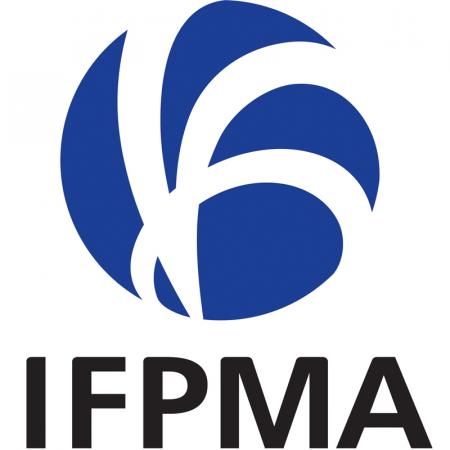Phenotypic and genotypic characterization of antibiotic resistant bacteria from Swiss ready-to-eat meat products
Antimicrobial resistance is a global health concern, which is partly driven by increased meat consumption, which has led to the intensive farming of livestock that relies on antibiotics. Ready-toeat animal products can carry antibiotic-resistant bacteria posing a risk to humans as they are often consumed raw. While countries like Switzerland limit antibiotic use in agriculture, contamination of meat with antibiotic resistant bacteria can occur during meat processing and non-antibiotic agents like heavy metals may co-select for resistance. The aim of this study was to characterize antibiotic-resistant bacteria in ready-to-eat meat products from various Swiss butcheries. Presumptive resistant bacteria were isolated using selective plating and analyzed phenotypically and genotypically. A total of 53 bacteria-antibiotic resistance combinations were identified, including Enterobacterales resistant to third-generation cephalosporins, vancomycin-resistant Enterococci and one strain of methicillinresistant Staphylococcus aureus. Of the 804 products sampled, 177 antibiotic-resistant bacteria were isolated, 148 of which showed multidrug resistance. Notably, these strains remained susceptible to lastresort antibiotics such as carbapenems and colistin. Whole genome sequencing of 31 selected isolates revealed 164 antibiotic resistance genes spanning 25 classes, confirming resistance to beta-lactams, cephalosporins and tetracyclines. We also detected genes conferring resistance to metals, suggesting co-selection pressure. Long-read sequencing revealed that most of the antibiotic resistance genes were chromosomal, while others were plasmid-encoded, indicating the potential for horizontal gene transfer. This study demonstrates that ready-to-eat meat products are a reservoir for antibiotic and metal resistance genes, as well as antibiotic-resistant bacteria, even at low levels. From a One Health perspective, our results highlight the importance of extending AMR surveillance across the food chain and demonstrate the need to include non-traditional bacterial indicators.
AMR NEWS
Your Biweekly Source for Global AMR Insights!
Stay informed with the essential newsletter that brings together all the latest One Health news on antimicrobial resistance. Delivered straight to your inbox every two weeks, AMR NEWS provides a curated selection of international insights, key publications, and the latest updates in the fight against AMR.
Don’t miss out on staying ahead in the global AMR movement—subscribe now!






